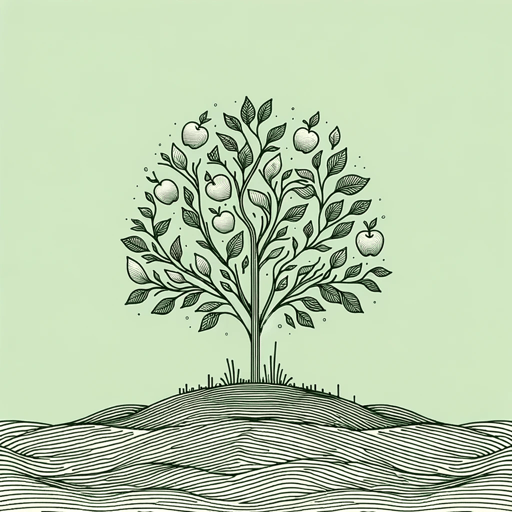24 pages • 48 minutes read
T. S. EliotThe Love Song of J. Alfred Prufrock
Fiction | Poem | Adult | Published in 1915A modern alternative to SparkNotes and CliffsNotes, SuperSummary offers high-quality Study Guides with detailed chapter summaries and analysis of major themes, characters, and more.
Further Reading & Resources
Related Poems
"The Waste Land" by T.S Eliot (1922)
An integral work of modernist poetry, Eliot’s seminal “The Waste Land" explores themes of modern alienation and despair, although ending with an arguably more hopeful outlook. Rich with allusions, multiple languages, and a barrage of Eliot’s own footnotes on the text, the poem is notoriously dense and difficult, but rewards patient reading.
"The Second Coming" by William Butler Yeats (1920)
William Butler Yeats’s apocalyptic poem is an allegory of post-war Europe and examines many of the same modern concerns as Eliot’s “Prufrock.” Also creating a mood of anxiety and dread, Yeats considers how the Judeo-Christian framework of the previous era will fail in the face of the violence and destruction of the modern world.
"In a Station of the Metro" by Ezra Pound (1913)
Ezra Pound’s famous two-line poem embodies imagism, an aspect of early modernism that privileged clarity and simplicity of language. Pound published the poem in Poetry in 1913, shortly before he advocated on behalf of Eliot for the inclusion of "Prufrock" in a 1915 edition.
Related Titles
By T. S. Eliot

Ash Wednesday
T. S. Eliot

Four Quartets
T. S. Eliot

Journey of the Magi
T. S. Eliot

Little Gidding
T. S. Eliot

Mr. Mistoffelees
T. S. Eliot

Murder in the Cathedral
T. S. Eliot

Portrait of a Lady
T. S. Eliot

Rhapsody On A Windy Night
T. S. Eliot

The Cocktail Party
T. S. Eliot

The Hollow Men
T. S. Eliot

The Song of the Jellicles
T. S. Eliot

The Waste Land
T. S. Eliot

Tradition and the Individual Talent
T. S. Eliot

